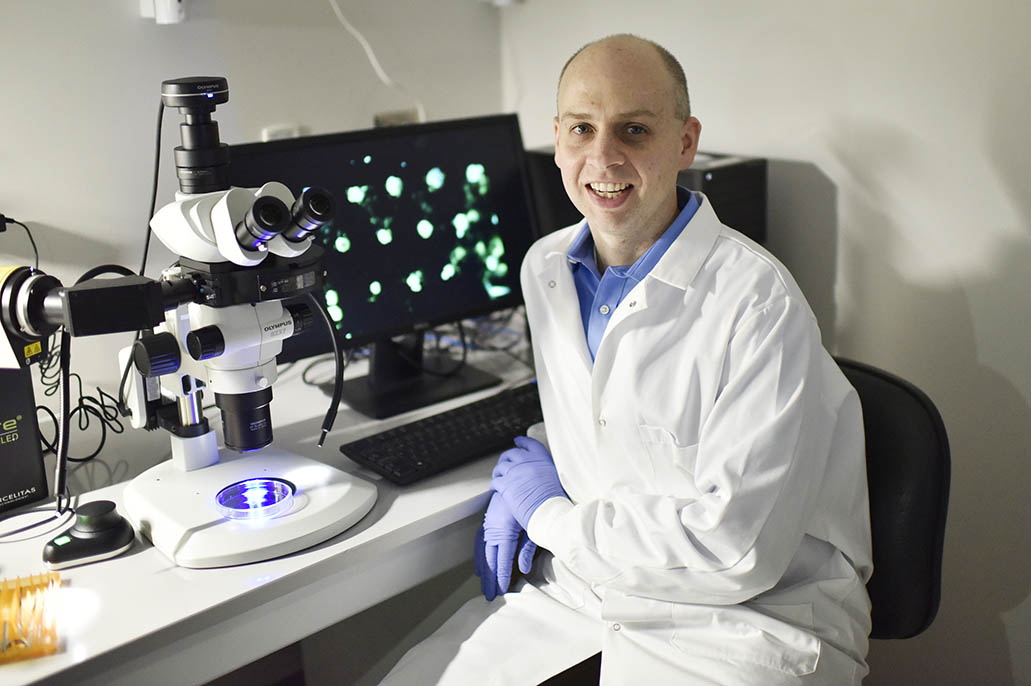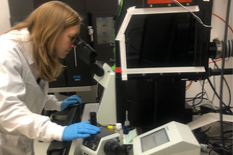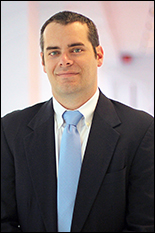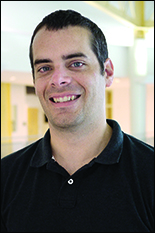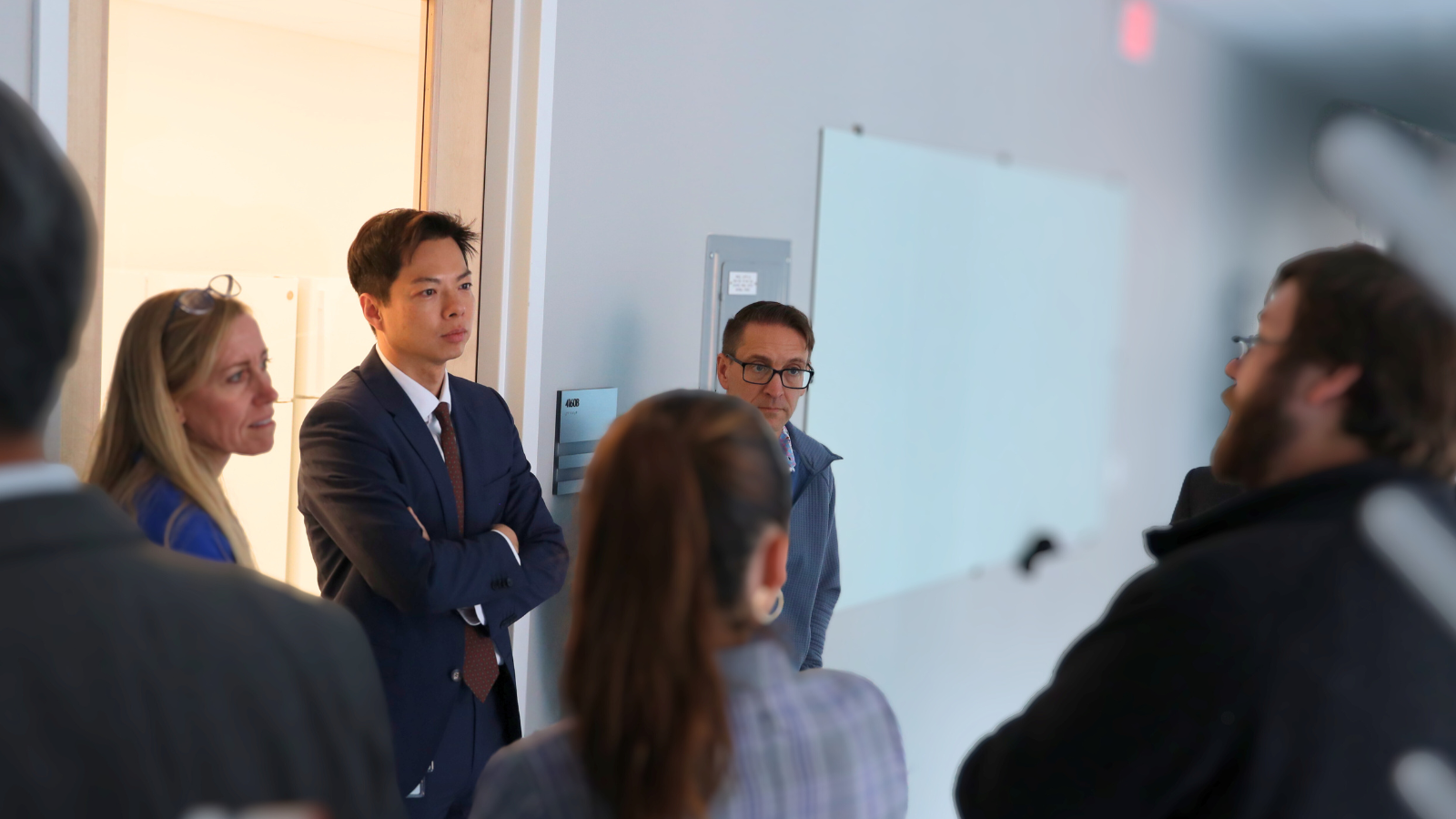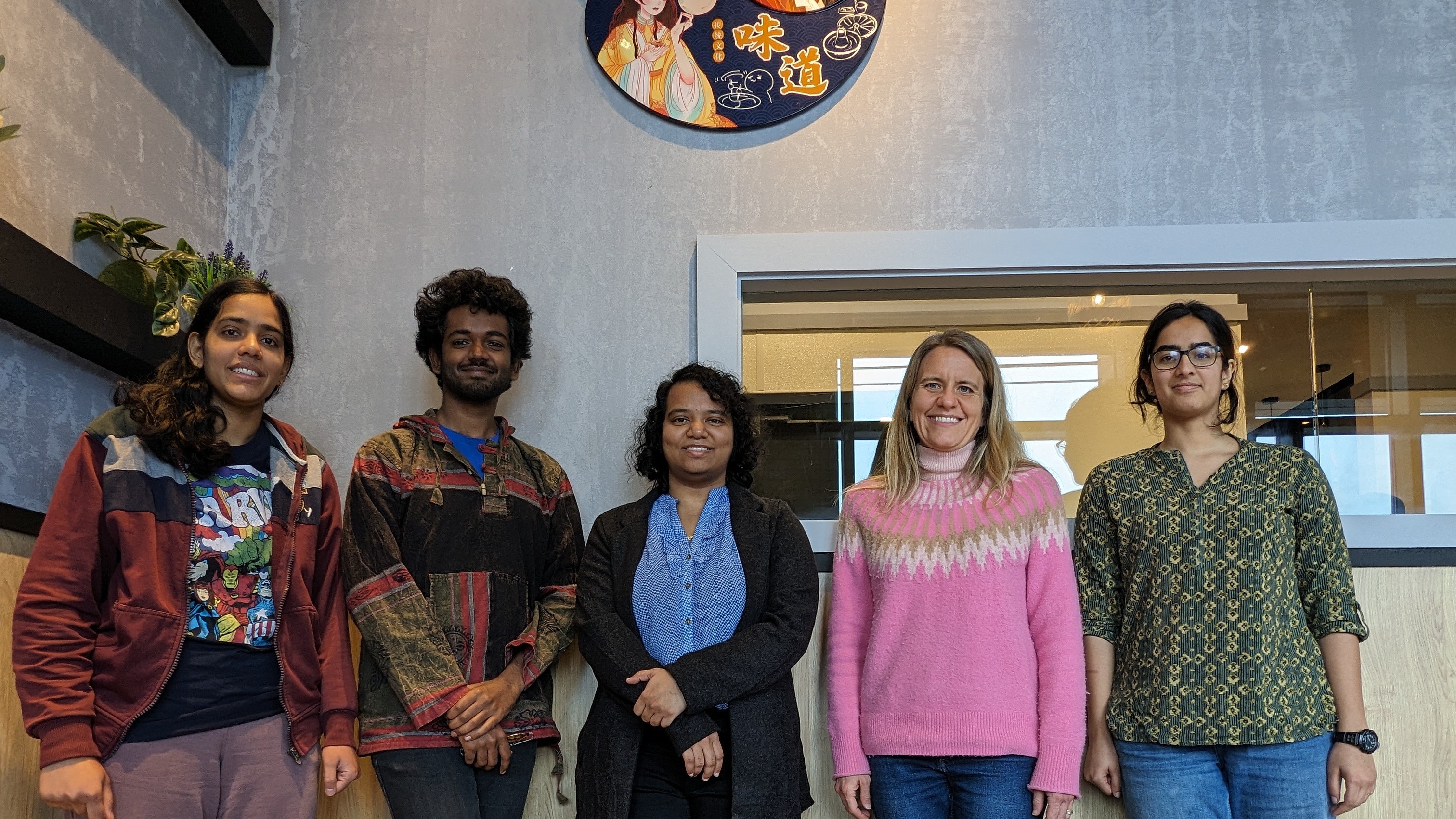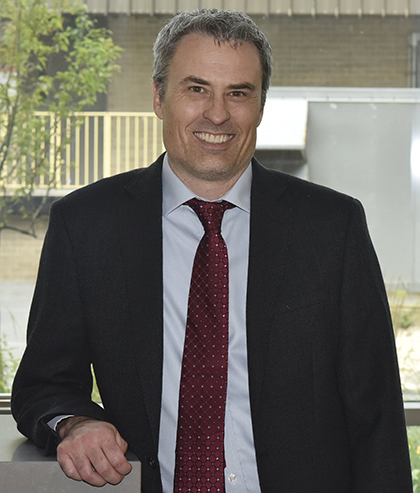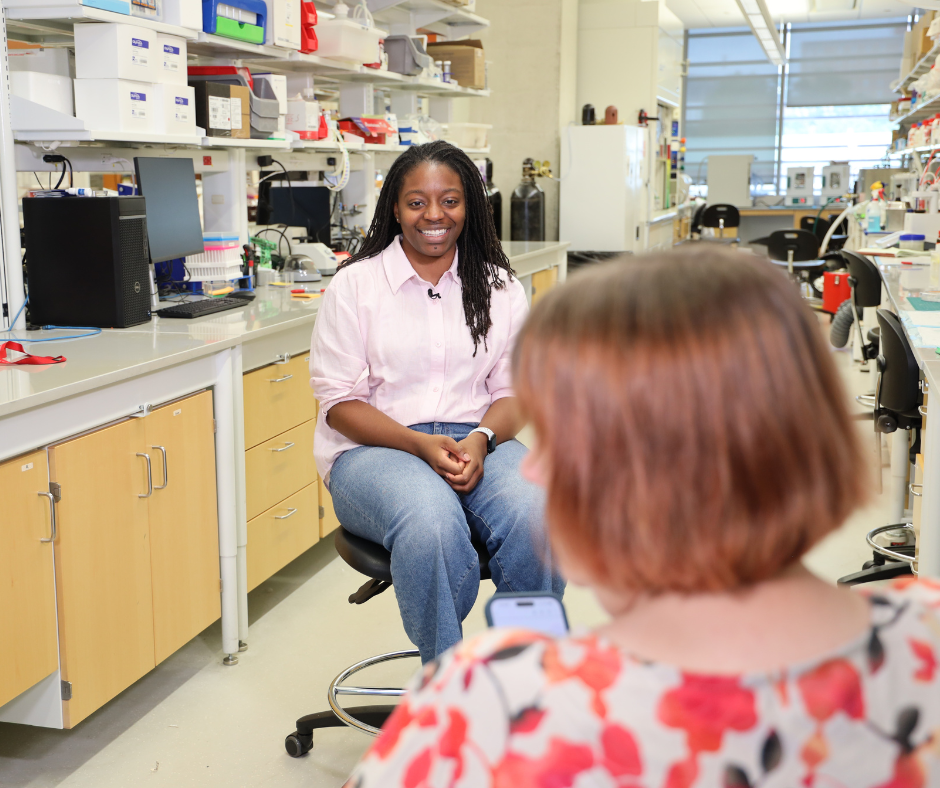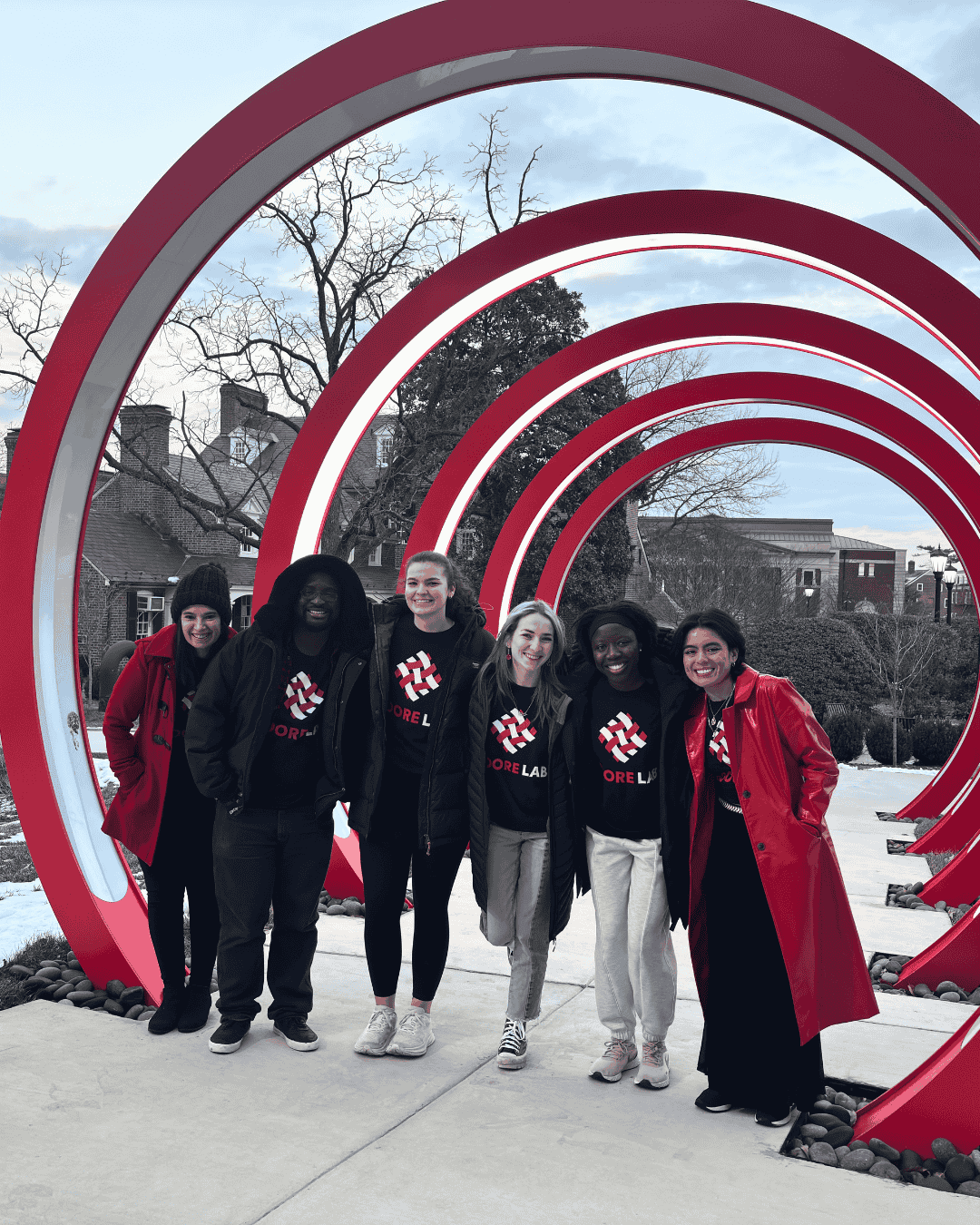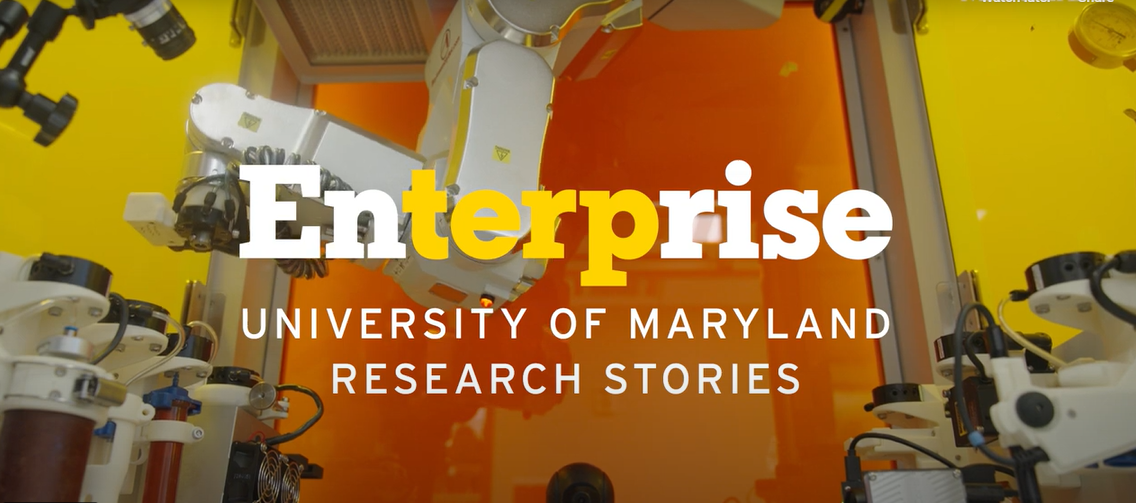News Story
Jay, Jewell Named 2016 Young Innovators of Cellular and Molecular Bioengineering
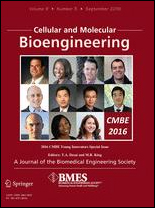
Fischell Department of Bioengineering (BIOE) assistant professors Steven Jay and Christopher Jewell were named 2016 Young Innovators by Cellular and Molecular Bioengineering, a journal of the Biomedical Engineering Society (BMES), making the University of Maryland the only institution to have two researchers named to the list this year.
Jay and members of his lab were recognized for their studies of extracellular vesicle-based drug delivery targeting an oncogene linked to numerous cancers, while Jewell and his colleagues were recognized for their use of intra-lymph node injection as a tool to examine immune response to microparticle vaccines during cancer therapy. Along with Jay and Jewell, nine other innovators were chosen to publish their work in a special issue of Cellular and Molecular Bioengineering and give invited presentations during the national BMES Meeting in Minneapolis, Minn., this October.
Jay and members of his Biotherapeutic Development and Delivery Laboratory have broad interest in the use of extracellular vesicles (EVs) – cell-derived membranous nanoparticles that include exosomes and microvesicles – for therapeutic applications. Their recent work demonstrates the potential of harnessing and augmenting a natural function of EVs – the transport of small RNAs – to inhibit expression of crucial proteins in cancer cells. This inhibition can result in sensitization to chemotherapeutic drugs or even to cell death, both of which would benefit cancer patients.
Small RNAs such as small interfering RNA (siRNA) and microRNA (miRNA) have long been investigated as anti-cancer therapeutics, but successful delivery has been a major challenge. The use of EVs as small RNA carriers is intriguing since one of the physiological roles of EVs is to transfer these RNAs between cells. However, controllably loading EVs with specific therapeutic RNAs has proven to be difficult, as RNAs are prone to aggregation and degradation when subjected to conditions needed to permeabilize EVs to enable loading. In their Cellular and Molecular Bioengineering paper, Jay and his research team reported that sonoporation, the disruption of membranes by sonic waves, could be used to enable functional loading of small RNAs into EVs. This method showed higher levels of siRNA and miRNA loading with less aggregation than electroporation, a commonly used method for loading nucleic acids into EVs.
Using this approach, EVs were loaded with siRNA targeting HER2, a gene coding for a receptor protein associated with tumor progression in breast, ovarian, gastric and other cancers. When breast cancer cells were exposed to the siRNA-loaded EVs, HER2 expression was significantly reduced, a result that Jay’s research team hopes will pave the way for future studies of EVs for the delivery of drug therapies against HER2 and other oncogenes known to influence cancer progression. Further, because EVs are natural, cell-derived drug carriers, Jay and his researchers are hopeful that EVs will one day be integrated into a personalized medicine approach, through which a patient’s own cells could be used to generate drug carriers for treatment of their disease.
Powered by a similar aspiration – to improve the efficacy of therapeutics delivered in the treatment of cancers and autoimmune diseases – Jewell and members of his Immune Engineering Laboratory are using synthetic materials to study how vaccines and immunotherapies control lymph nodes, the tissues that coordinate immune function in the body.
Historically, vaccine design has focused on generating potent immune responses. But in order to develop vaccines aimed at persistent and emerging diseases, Jewell and his team are working on ways to control the specific properties of the immune responses that vaccines and immunotherapies generate.
To do this, the group developed an intra-lymph node delivery method that combines local lymph node delivery with the controlled release of immune signals. Their aim is to locally program immune responses occurring inside lymph nodes such that they can allow generation of the right types of immune cells. After developing in lymph nodes, these cells can migrate to the body to combat infection, clear tumors, or suppress unwanted inflammatory reactions such as in cases of autoimmune disease.
Traditionally, most vaccines have complex formulations with multiple components, which creates a challenge for bioengineers to understand how each component influences the immune response alone or together. This control is important in advancing the capabilities of vaccines and immunotherapies because past research has shown that altering material carrier properties can influence and improve the targeting of vaccines to the lymph nodes. However, common vaccination routes such as intra-muscular injections result in inefficient drainage into lymph nodes. Additionally, there is little control over the combinations and concentrations of how these signals reach lymph nodes. Thus, the Jewell lab’s intra-lymph node tooloffers a unique opportunity to directly study how the form and combination of signals that ultimately reach the lymph nodes impact immune response. This approach has the potential for dosing up to one million times lower than those used in traditional vaccinations. In their current study, Jewell and his team studied the dynamics of how local immune response develops in lymph nodes after intra-lymph node treatment, and how these local effects control systemically anti-tumor immunity during pre-clinical mouse models of melanoma.
Full text of Jay’s “Oncogene Knockdown via Active Loading of Small RNAs into Extracellular Vesicles by Sonication” is available online. BIOE’s Tek N. Lamichhane, Anjana Jeyaram, Divya B. Patel, Babita Parajuli, Natalie K. Livingston, Navein Arumugasaamy, and John S. Schardt also contributed to the paper.
Full text of Jewell’s “Targeted Programming of the Lymph Node Environment Causes Evolution of Local and Systemic Immunity” is available online. The other authors on the work are BIOE’s James Andorko, Joshua Gammon, Lisa Tostanoski, and Qin Zeng.
Published August 25, 2016
